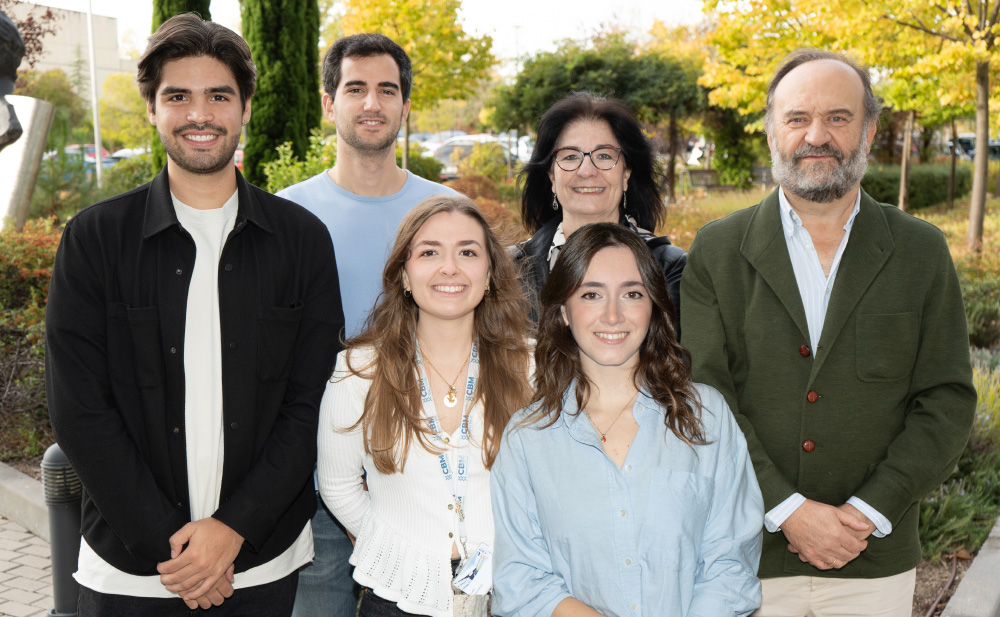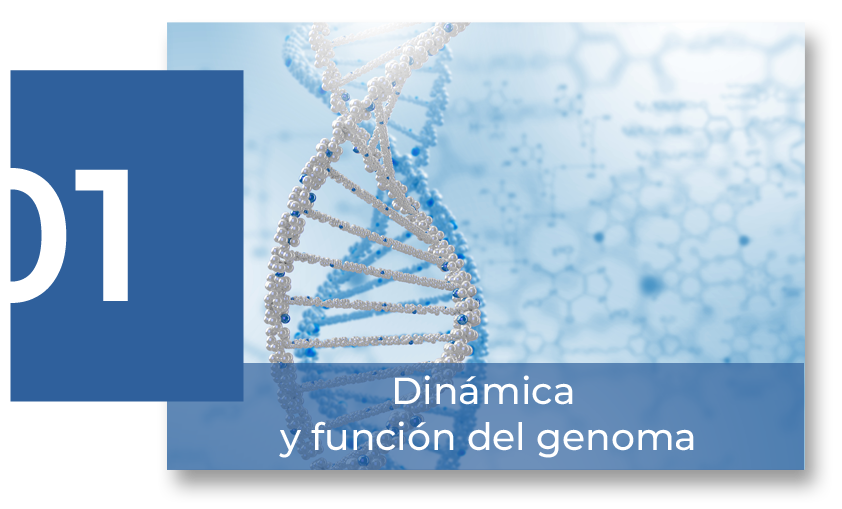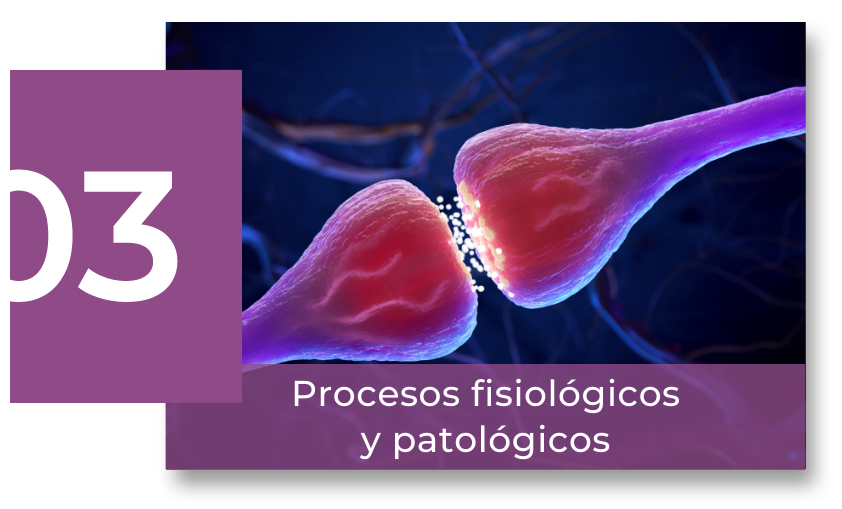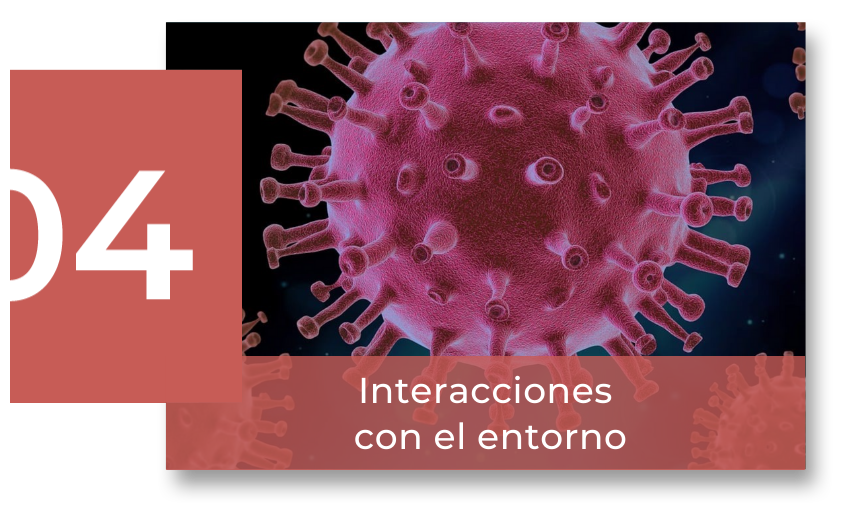Scientific Program
Physiological and pathological processes
RESEARCH GROUP
Physiopathological aspects of glycine transporters in glycinergic neurotransmission: hyperekplexia and pain
Glycine is the main inhibitory neurotransmitter in caudal central nervous system and exerts sensorimotor control and nociceptive processing. The dysfunction of glycinergic inhibition leads to two main diseases: hyperekplexia and pathological pain. We study, at the cellular and molecular levels, physiology and pathologies of glycinergic neurotransmission to provide therapeutic tools. We also extend our expertise to other neurotransmitter transporters.
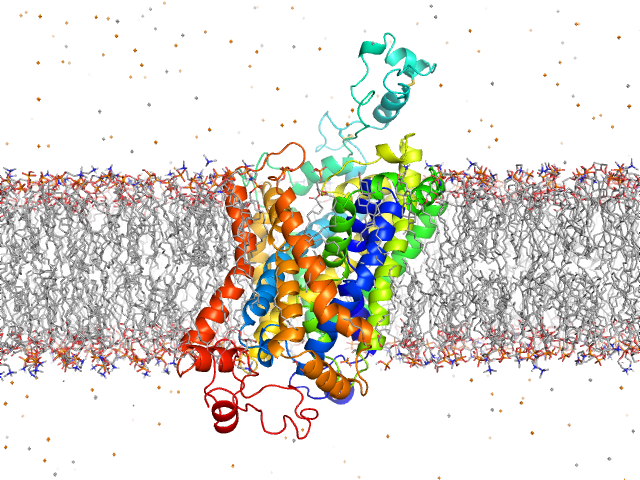
Research
Our group studies glycinergic neurotransmission in health and disease, focusing on hyperekplexia, a rare neurological syndrome caused by mutations in key proteins such as the glycine transporter GlyT2 (SLC6A5 gene), and pain. Our aim is to understand how GlyT2 mutations affect patients’ physiology and to develop strategies to rescue mutant phenotypes or to produce modulatory ligands with diverse applications, including analgesia.
Using bioinformatics and several experimental models (cell lines, neuronal cultures, mutant mice, Xenopus oocytes, Zebrafish), our research investigates GlyT2 structure, trafficking, regulation, and interactions. Proteomics approaches following a new version of the proximity labelling technique suitable for its use in native tissue is being optimized to identify new GlyT2 partners influencing its function.
Recently, we have identified a novel GlyT2 variant found in a child patient with hyperekplexia displaying a new pathogenic mechanism: it is a loss-of-function variant with respect to transporter activity, but a gain-of-function variant that alters cellular proteostasis, activating the unfolded protein response (UPR) and interfering with processes occurring in lipid rafts.
Another research focus aims to understand the mechanistic basis for the heightened severity of hyperekplexia symptoms during the perinatal period. We examined the role of GlyT2 in neuronal differentiation using the PC12 cell model and found GlyT2 is clearly implicated in growth cone progression and differentiation of PC12 cells into neurons by increasing internal calcium and binding to growth cone proteins.
We also found GlyT2 is regulated by the Hedgehog pathway, what can be emulated by D2 dopamine receptor agonists, indicating glycinergic interneurons containing GlyT2 receive dopaminergic inputs in response to the Hedgehog pathway activation. The biological significance of this regulation in the control of peripherally acting neuronal nuclei is being further investigated.
Finally, we are also interested in the molecular mechanisms that regulate the activity of other neurotransmitter transporters including those for GABA or dopamine. We study the genetic alterations in these transporters’ genes, which produce defective proteins either in their transport mechanism or in their intracellular trafficking. We conducted structure-function studies, intracellular trafficking analysis and interactors identification.
Group members

Beatriz López Corcuera
Lab.: 306 Ext.: 4631
blopez(at)cbm.csic.es

Francisco Zafra Gómez
Lab.: 306 Ext.: 4630
fzafra(at)cbm.csic.es

Jorge Sarmiento Jiménez
Lab.: 306 Ext.: 4655
jsarmiento(at)cbm.csic.es

Rubén Mejía Alcaraz
Lab.: 306 Ext.: 4655

Alejandro Fuentes Rodríguez
Lab.: 306 Ext.: 4655

Sara Ruiz Cabrera
Lab.: 306 Ext.: 4655
Selected publications
A New GlyT2 Variant Associated with Hyperekplexia
Jorge Sarmiento-Jiménez et al.
Experimental and Bioinformatic Insights into the Effects of Epileptogenic Variants on the Function and Trafficking of the GABA Transporter GAT-1
Dolores Piniella et al.
Rescue of two trafficking-defective variants of the neuronal glycine transporter GlyT2 associated to hyperekplexia
Andrés de la Rocha-Muñoz et al.
Functional crosstalk of the glycine transporter GlyT1 and NMDA receptors
Dolores Piniella et al.

